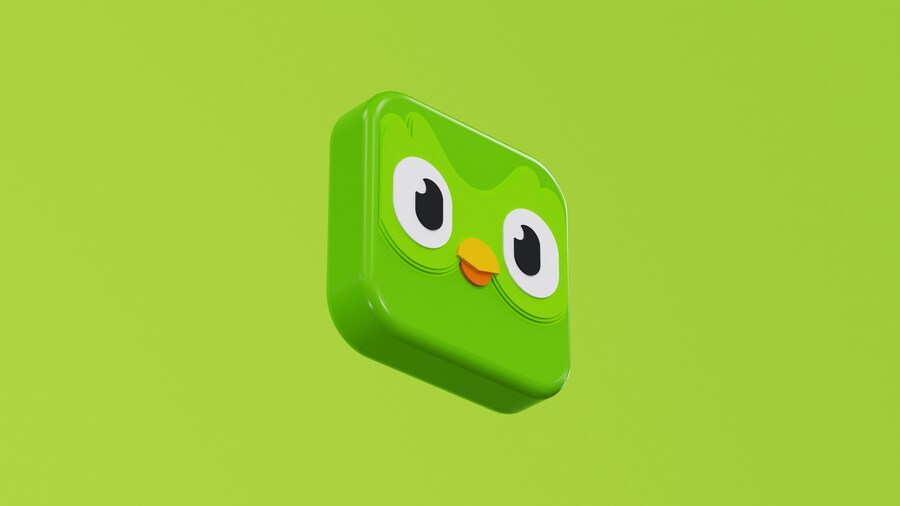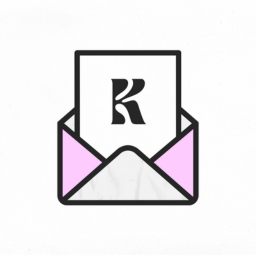Duolingo launches ‘Duolingo Ads’ for direct ad sales
The move shifts Duolingo away from relying solely on programmatic ads

Get Smarter at Marketing
Duolingo has introduced a direct ad sales platform called Duolingo Ads, allowing brands to buy premium inventory within the app. The announcement came during Advertising Week in New York, where the company positioned the new offering as a way for advertisers to access ad inventory that aligns with Duolingo’s playful identity.
According to Duolingo, the ad experience will be “playful and infused with the signature charm” of its in-app characters, such as Duo the owl. The new formats include custom ads featuring animated characters from the app, allowing advertisers to integrate into Duolingo’s familiar learning environment.
This marks a shift for Duolingo, which has traditionally depended on programmatic ad placements through demand-side platforms (DSPs) to monetize its free-tier users, who now make up about 90% of its total audience, according to the company.
From programmatic to direct deals
Duolingo began working with Google AdMob in 2015 to serve ads and drive revenue from its free tier. However, the company said programmatic ads did not always align with the app’s brand identity or quality standards, prompting it to explore more direct relationships with advertisers.
With Duolingo Ads, brands will now have the option to run character-driven campaigns, either fully animated spots starring the company’s mascots or short introductions that lead into the brand’s video content.
Andrew Guendjoian, Duolingo’s head of ad sales, said the goal is to create ads that feel native to the app’s environment. “The value of ads and the benefit of ads to the user is very explicit and clear,” he said, explaining that ad revenue helps keep the app’s educational content free.
Advertisers already testing the new format
The company confirmed that brands including Marriott Bonvoy, Intrepid Travel, Universal Pictures, and Adobe have been testing the new ad format since May. Early feedback suggests that campaigns tied to travel, technology, and entertainment perform well, and Duolingo plans to focus its ad sales efforts on those categories.
Scaling ad revenue beyond subscriptions
Advertising currently contributes less than 7% of Duolingo’s total annual revenue, which reached $748 million in 2024, compared with a much larger share from paid subscriptions such as Duolingo Super ($7.99/month) and Duolingo Max ($13.99/month).
Still, the company sees an opportunity to grow ad revenue by tapping into its 47 million daily active users globally. Guendjoian also mentioned that Duolingo is working to bring in a third-party measurement partner to verify its engagement and attention metrics.
%20(1).png)
in the world of marketing:
